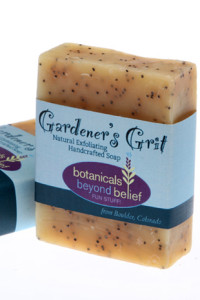Basil and Chili: A Love Affair
A Tasty Garden Experiment
by Sandy Swegel
Do you like chili peppers? The plants are super easy to grow and tolerate a lot of droughts and benign neglect in the garden. The only problem I’ve ever had with peppers is that the seeds take forever to germinate. One year my seeds still hadn’t germinated for three weeks, so I gave up and bought plants…. only to have healthy seedlings come up the next week. I decided I just hadn’t given the seedlings enough heat.
But new research this year taught me something new about seed germination that made me think maybe my pepper seedlings were just lonely. Turns out that if you grow basil near peppers, the pepper seeds sprout faster and grow healthier plants than if you just grow peppers alone. Companion planting scientifically documented. A controlled scientific study this year thinks it’s because the basil plants emit sound vibrations near the peppers. We have no idea yet if the basil is just whispering encouraging words or playing a wild marimba tune. But the chili plants come out and dance to the music.
Practically, here’s what I’m going to try. I’m going to start my basil seeds in the tray next to the pepper seeds. Basil always germinates first for me so I’m hoping they’ll come up and then peppers will come up faster. I’ll plant both in the garden together too. And finally, next August…I’ll fix a great salsa with basil and chili and eat them together. It’s a fiesta!
Photo Credits and More Info:
http://www.huffingtonpost.com/2013/05/07/plants-talk-to-each-other-nanoscale-sound-waves-grow_n_3229021.html
http://news.nationalgeographic.com/news/2013/13/130507-talking-chili-plant-communication-science/



